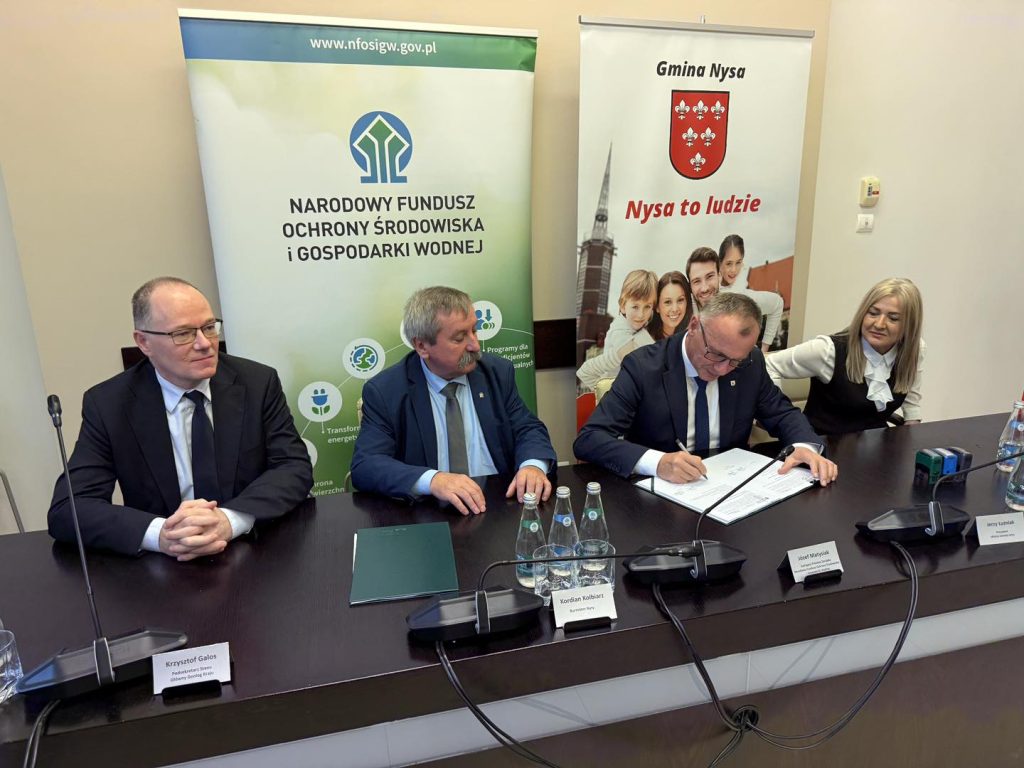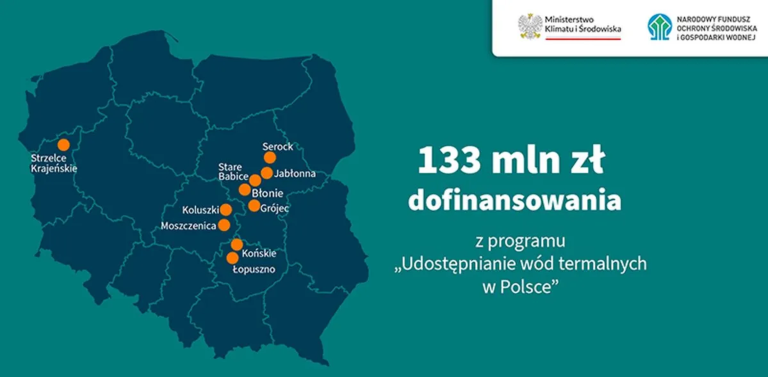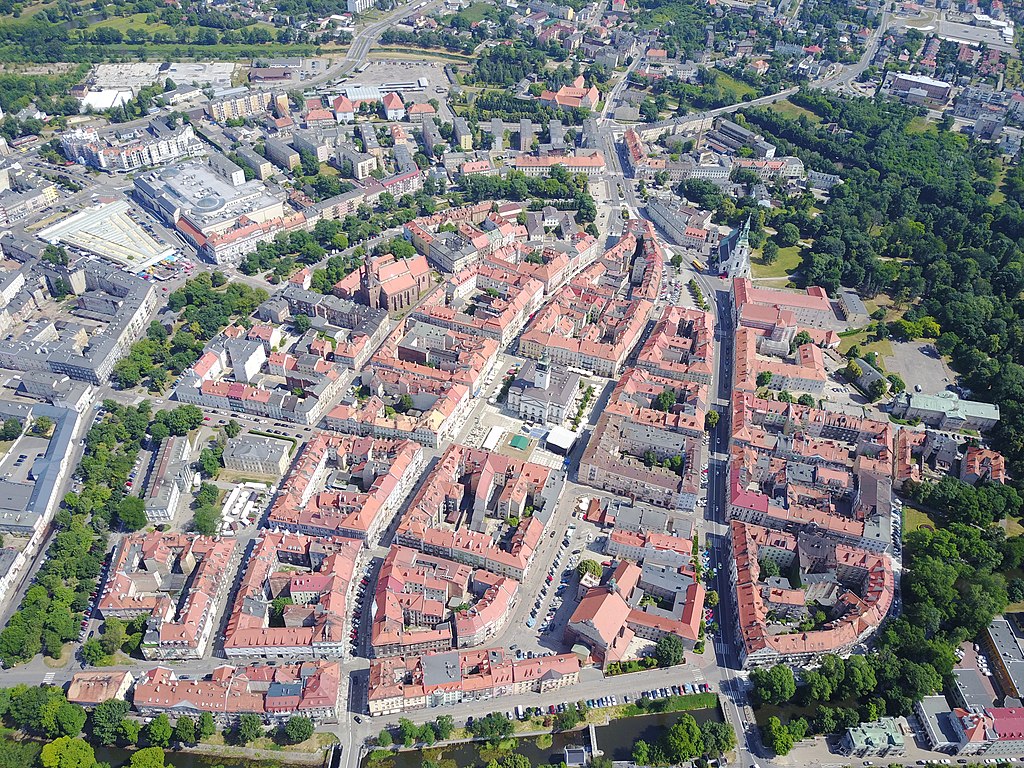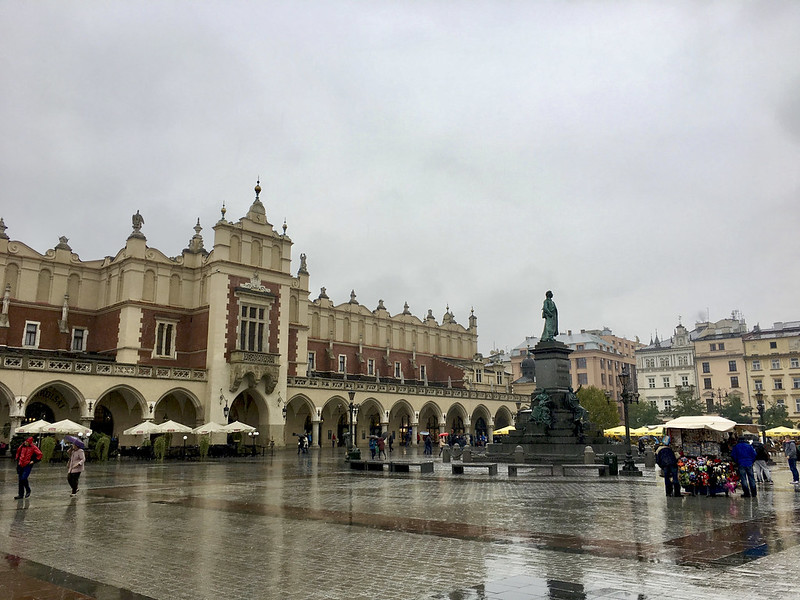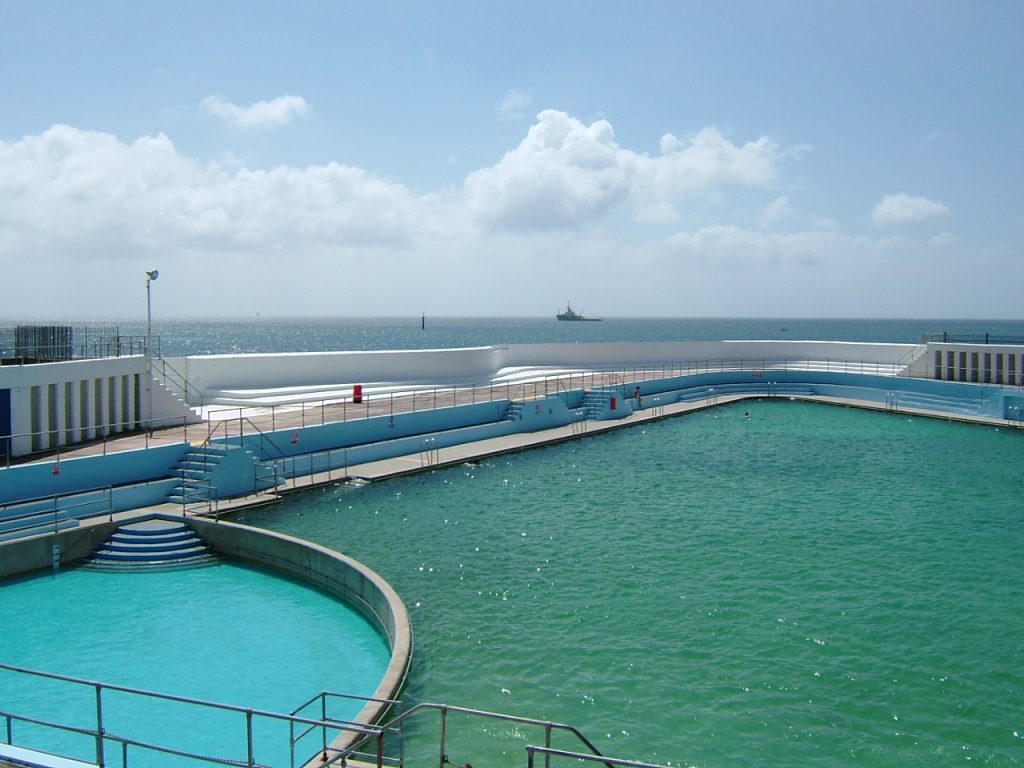JET, which is in Culham, near Oxford in the UK, performed its final day of plasma experiments on Monday and subsequently delivered its 105,929th and final pulse, in which JET ❤️ was engraved into one of its tiles.
The UK Atomic Energy Authority said that even on its final day of plasma it "continued to push scientific boundaries, firstly attempting an inverted plasma shape for the first time at Culham before deliberately aiming electrons at the inner wall to improve understanding of beam control and damage mechanisms".
As with its many previous experiments, the findings will help the development of the multinational ITER fusion project in southern France.
The foundation stone for JET was laid in 1979 and at that stage it was an 11-nation project comprising Belgium, Italy, Luxembourg, France, Netherlands, West Germany, Denmark, Ireland, Sweden, Switzerland, and the UK. In recent years it has been operated by the UK Atomic Energy Authority, with scientists from 28 European countries using it to conduct research into the potential for carbon-free fusion energy in the future through work coordinated by the EUROfusion consortium which manages and funds European fusion research activities on behalf of Euratom, which, post-Brexit, the UK is no longer a member of.
JET, where temperatures can reach levels 10 times hotter than the centre of the Sun, has achieved a number of landmarks over the years, holding the title of the largest reactor of its type in the world, achieving the world's first controlled release of fusion energy, while 1997 saw it set a record thermal power output of 16 megawatts. Last year researchers doubled previous records by producing a total of 59 megajoules of heat energy from fusion over a five second period.
Following its retirement JET moves on to repurposing and decommissioning, a process expected to last until about 2040.
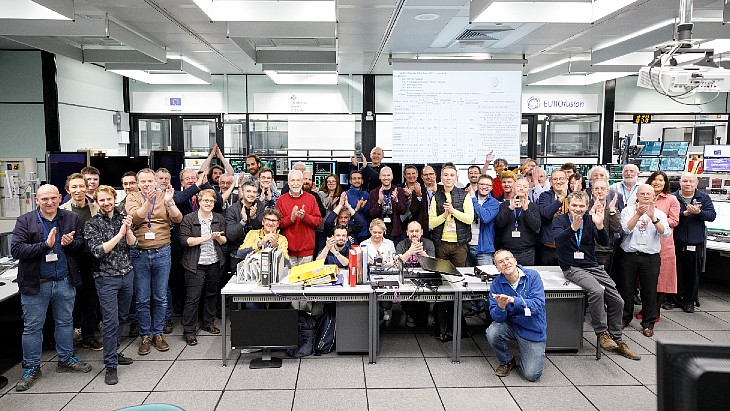
(Image: United Kingdom Atomic Energy Authority/EUROfusion)
UKAEA CEO Ian Chapman, who was among those gathered in the control room (pictured above) for the final plasma experiment, said: "This is the final milestone in JET's 40-year history. Those decades of research using JET by dedicated teams of scientists and engineers have played a critical role in accelerating the development of fusion energy."
What is nuclear fusion?
Fusion powers the Sun and stars as hydrogen atoms fuse together to form helium, and matter is converted into energy. Hydrogen, heated to very high temperatures changes from a gas to a plasma in which the negatively-charged electrons are separated from the positively charged atomic nuclei. Normally, fusion is not possible because the strongly repulsive electrostatic forces between the positively charged nuclei prevent them from getting close enough together to collide and for fusion to occur.
However, if the conditions are such that the nuclei can overcome the electrostatic forces to the extent that they can come within a very close range of each other, then the attractive nuclear force (which binds protons and neutrons together in atomic nuclei) between the nuclei will outweigh the repulsive (electrostatic) force, allowing them to fuse together. Such conditions can occur when the temperature increases, causing the nuclei to move faster and eventually reach speeds high enough to bring them close enough together to fuse, causing a release of energy.
JET is a tokamak fusion system with a doughnut-shaped vacuum chamber where, under the influence of extreme heat and pressure, gaseous hydrogen fuel becomes a plasma. The charged particles of the plasma can be shaped and controlled by massive magnetic coils placed around the vessel to confine the hot plasma away from the vessel walls.
